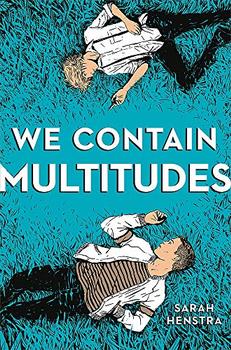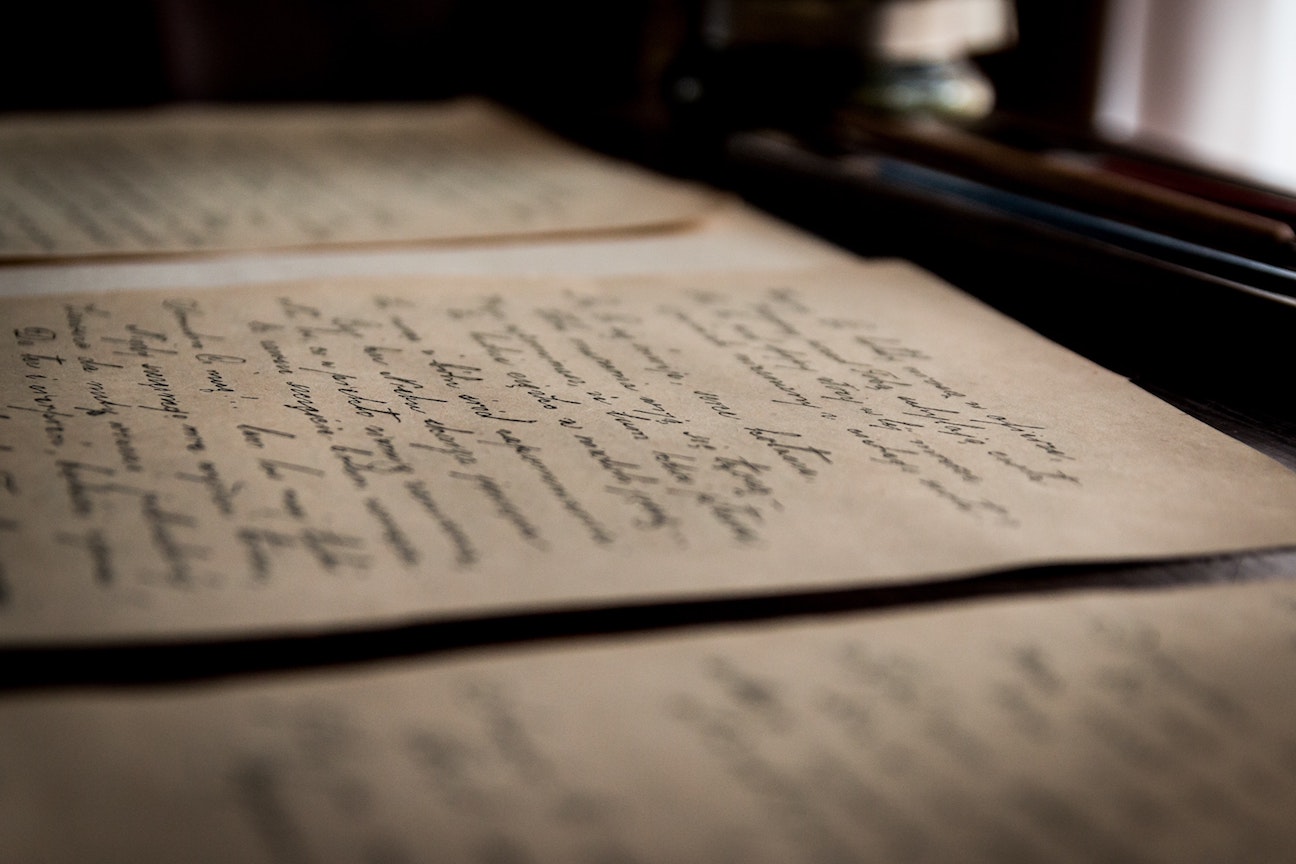Summary | Excerpt | Reviews | Beyond the Book | Read-Alikes | Genres & Themes | Author Bio

This article relates to We Contain Multitudes

Epistolary novels have a long tradition in literature, and even young adult novels like Sarah Henstra's We Contain Multitudes have gotten in on the act. Given their younger audiences, however, authors writing for teens often incorporate new technologies or other clever twists on the epistolary form. Check out a few of these examples of YA novels written in letter form!
ttyl by Lauren Myracle
Lauren Myracle kicked off her Internet Girls series with this groundbreaking 2004 novel written entirely in the style of online instant messages. This form of communication (with its numerous acronyms and shortcuts) might seem dated these days, thanks to autocomplete and other improvements in online communication, but Myracle's novel (and its sequels ttfn and l8r, g8r) still draw a lot of attention—they are consistently on lists of most-banned books.
Roomies by Sara Zarr and Tara Altebrando
This novel about two young women, Elizabeth and Lauren, who have been assigned to share a first-year dorm room in college finds them creating a friendship through emails they exchange during the summer after high school graduation. Each of the two novelists adopted a persona to write letters to the other, resulting in clearly differentiated, memorable voices.
From Twinkle, with Love by Sandhya Menon
Several YA epistolary novels are about teens writing letters not to a teen, but rather to a mentor, idol, or other inspirational figure. That's the premise of this enjoyable romance novel about an Indian-American girl, Twinkle, who wants to direct films; she narrates her own story through letters she writes to the female filmmakers (like Mira Nair and Sofia Coppola) whom she admires.
Dear Martin by Nic Stone
Like Twinkle in Menon's novel, the narrator in Nic Stone's novel makes sense of his world by writing hypothetical letters to someone he admires—in this case, Martin Luther King, Jr. Justyce is the only black boy at his boarding school, and writing to King helps him make sense of his identity and about race more generally.
Why We Broke Up by Daniel Handler
This award-winning novel starts with the delivery of a box to an ex-boyfriend, and then takes the form of a long letter to him, outlining each of the objects in the box's significance and explaining its role in the couple's romance and its demise. Illustrations by artist Maira Kalman help enliven this novel that's both funny and heartrending.
The Perks of Being a Wallflower by Stephen Chbosky
This YA classic (also a film by the same name) about a misfit narrator who recounts his first year of high school and his troubles at home to an unnamed "Friend," really illustrates the power of the epistolary novel to cast light on its protagonist's interior life.
Letter, courtesy of Pixabay
Filed under Reading Lists
![]() This "beyond the book article" relates to We Contain Multitudes. It originally ran in July 2019 and has been updated for the
May 2020 paperback edition.
Go to magazine.
This "beyond the book article" relates to We Contain Multitudes. It originally ran in July 2019 and has been updated for the
May 2020 paperback edition.
Go to magazine.
Your guide toexceptional books
BookBrowse seeks out and recommends the best in contemporary fiction and nonfiction—books that not only engage and entertain but also deepen our understanding of ourselves and the world around us.